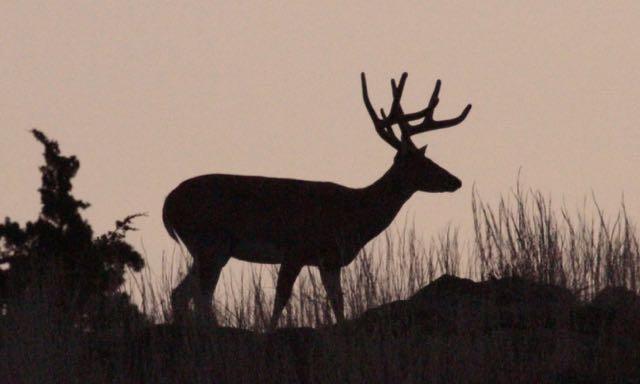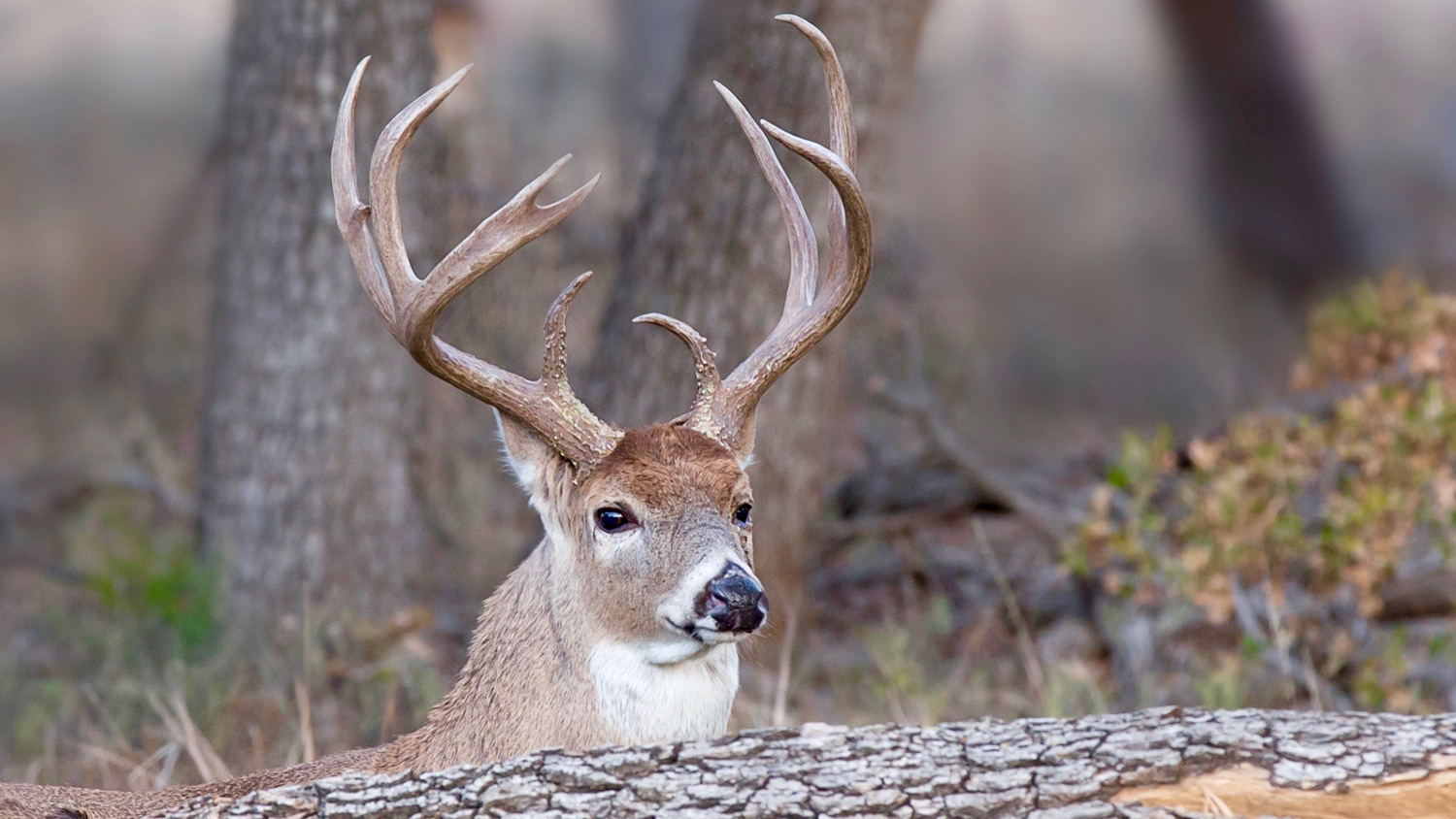Busting the Buck Myths
Are these buck blunders blowing your hunt?
Advertisement

Myth #8: The timing of the rut is determined by moon phases.
It’s the photoperiod—the number of daylight hours in a 24-hour period—that determines the timing of the rut, not the lunar cycle. In short, autumn’s shorter days trigger whitetails to start breeding. Across most of Canada’s whitetail habitat, you can generally count on the third week of November as being at or near the peak of the rut, irrespective of the moon phase.
This evolutionary trait is timed so that when a doe gives birth, the availability of food and cover for both doe and fawn, and the prevailing weather, will be the most favourable. There should also be ample time for the fawn to grow strong enough to withstand the coming winter. All this gives the fawn the greatest chance for survival. Photoperiodism never betrays this biological imperative—it’s as regular as, well, clockwork.
Advertisement
The notion that the lunar cycle is the primary trigger, on the other hand, simply makes no biological sense. Lunar cycles can be highly variable on an annual basis, so those who suggest the onset of the rut is influenced by the second full moon after the autumnal equinox are sadly misinformed. Similarly, some suggest the moon’s phase affects deer movement and feeding patterns. That’s probably true to some extent, but weather has a much greater influence on how deer behave on any given day.

